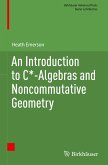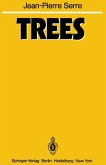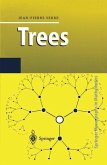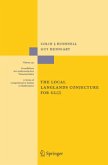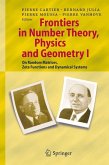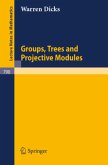A quick description of the conjecture The Baum-Connes conjecture is part of Alain Connes'tantalizing "noncommuta tive geometry" programme [18]. It is in some sense the most "commutative" part of this programme, since it bridges with classical geometry and topology. Let r be a countable group. The Baum-Connes conjecture identifies two objects associated with r, one analytical and one geometrical/topological. The right-hand side of the conjecture, or analytical side, involves the K theory of the reduced C -algebra c;r, which is the C -algebra generated by r in 2 its left regular representation on the Hilbert space C(r). The K-theory used here, Ki(C;r) for i = 0, 1, is the usual topological K-theory for Banach algebras, as described e.g. in [85]. The left-hand side of the conjecture, or geometrical/topological side RKf(Er) (i=O,I), is the r-equivariant K-homology with r-compact supports of the classifying space Er for proper actions of r. If r is torsion-free, this is the same as the K-homology (with compact supports) of the classifying space Br (or K(r,l) Eilenberg-Mac Lane space). This can be defined purely homotopically.
"Overall, the book is a very valuable addition to the literature on the Baum-Connes conjecture. It is highly recommended reading for anyone interested in learning more about the conjecture, or who does research in areas related to it. Of course, the reader who wants to be an expert will eventually have to consult the original literature, but such is inevitable in a book of this size (around 100 pages) and not necessarily a bad thing." --Mathematical Reviews



